Al Manşūrah, Egypt
Let's continue our talk in Emergency Medicine
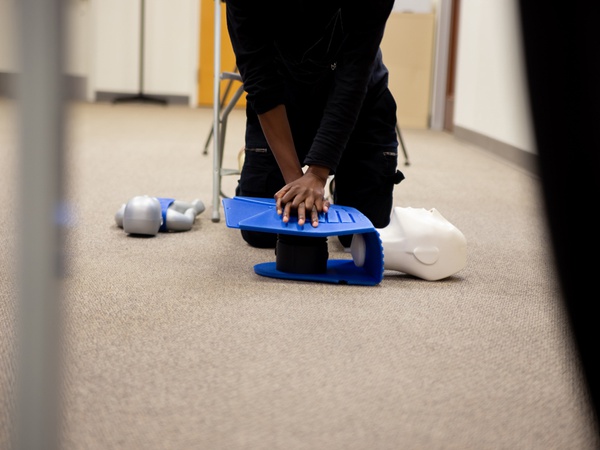
<span class="html-content" readability="58">
<p>So, we finished with CPR ...... Which is "Cardiopulmonary resuscitation"</p>
<p>Cardiopulmonary resuscitation is an emergency procedure consisting of chest compressions often combined with artificial ventilation in an effort to manually preserve intact brain function until further measures are taken to restore spontaneous blood circulation and breathing in a person who is in cardiac arrest</p>
<p>What Are the Seven Steps of CPR?Before Giving CPR ?</p>
<ol>
<li>● Check the scene and the person ●</li>
</ol>
<p>Make sure the setting is safeTap the person on the shoulder and shout, “Are you OK?” to make sure the person actually needs help</p>
<ol>
<li>●● Call 911 for assistance ●●</li>
</ol>
<p>If it's clear help is needed, call 911 (or ask a bystander to call)Send someone to get an AED if one is available If there is no AED available or a there is no bystander to access it, stay with the victim, call 911, and prepare to give assistance </p>
<ol>
<li>●●● Open the airway●●●</li>
</ol>
<p>With the person lying on his or her back, tilt the head back slightly to lift the chin</p>
<ol>
<li>●●●● Check for breathing●●●●</li>
</ol>
<p>Listen carefully for sounds of breathing, for no more than 10 seconds (occasional gasping sounds are not the same as breathing) If there is no breathing, begin CPR</p>
<p>Red Cross CPR Steps</p>
<ol>
<li>●●●●● Begin chest compressions ●●●●●</li>
</ol>
<p>Position hands one on top of the other in the middle of the chestPush hard, push fastUse your body weight to help administer compressions at least 2 inches deep and delivered at a rate of at least 100 compressions per minute</p>
<ol>
<li>●●●●●● Deliver rescue breaths ●●●●●●</li>
</ol>
<p>With the person's head tilted back slightly and the chin lifted, pinch the nose shut and place your mouth over the person's mouth to make a complete sealBlow into the person's mouth to make the chest riseDeliver two rescue breaths, then continue compressionsNote: If the chest does not rise with the initial rescue breath, re-tilt the head before delivering the second breath. If the chest doesn't rise with the second breath, the person may be choking. After each subsequent set of 30 chest compressions, and before attempting breaths, look for an object and, if seen, remove it.</p>
<ol>
<li>●●●●●●●Continue CPR steps○○○○○○○</li>
</ol>
<p>Continue with cycles of chest compressions and breathing until: The person exhibits signs of life, such as breathingAn AED becomes available, once it is applied continue CPR if patient is still unresponsiveEMS or a trained medical responder arrives on scene and takes overNote: End the cycles if the scene becomes unsafe or you are unable to continue performing CPR due to exhaustion</p>
</span>
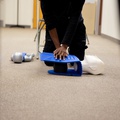

Let's continue our talk in Emergency Medicine
By
 Dr Mo Ameer
•
2 plays
Dr Mo Ameer
•
2 plays
 Dr Mo Ameer
•
2 plays
Dr Mo Ameer
•
2 plays
0:00 /
0:00
Other insights from Dr Mo Ameer
Referral Earning
Points-to-Coupons
Insights for you.






 693
693










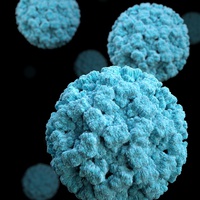


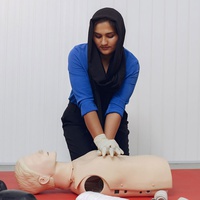
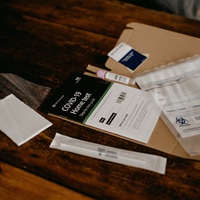











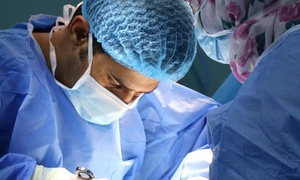




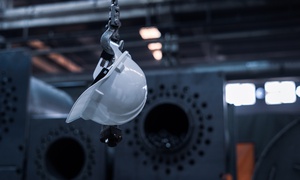



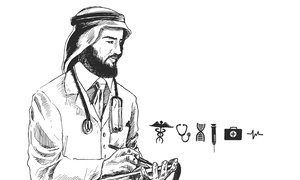


























Comments